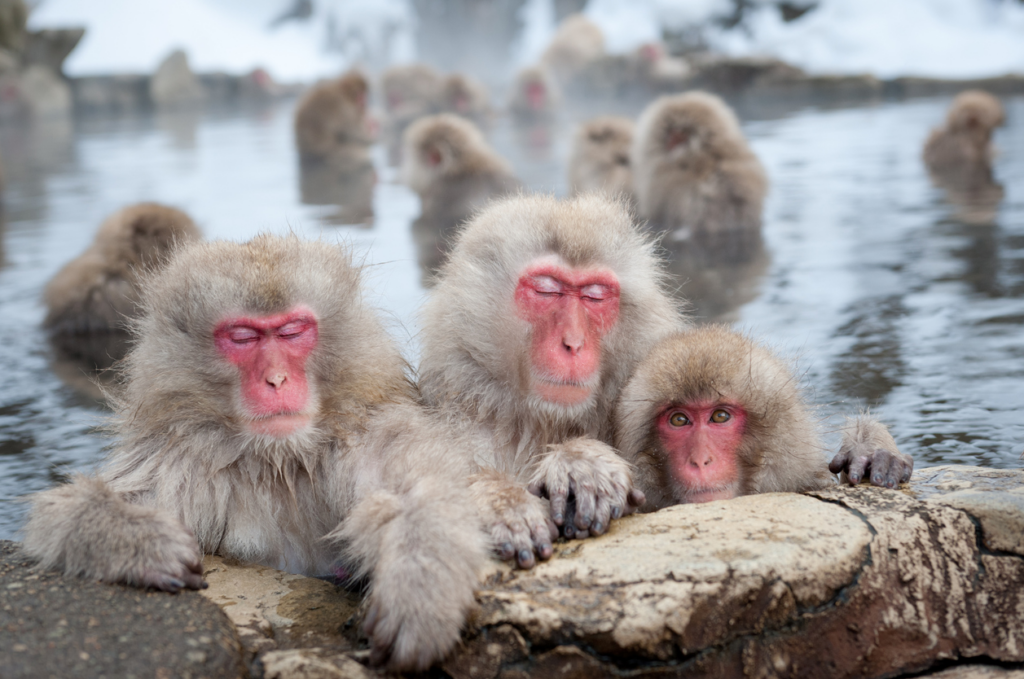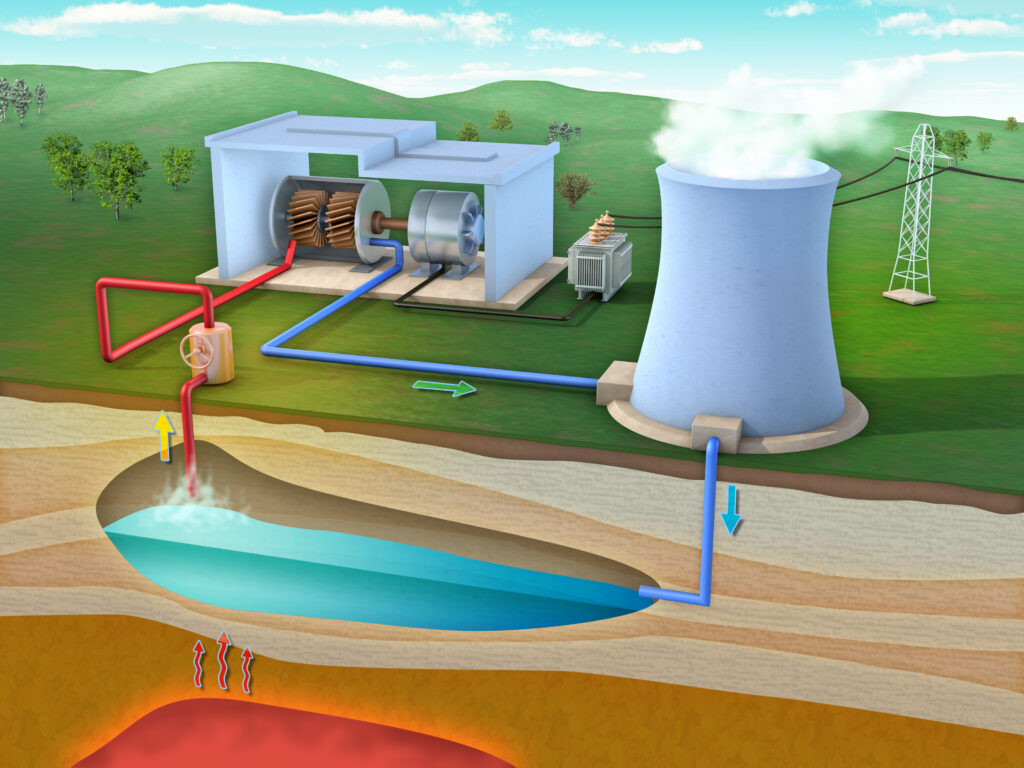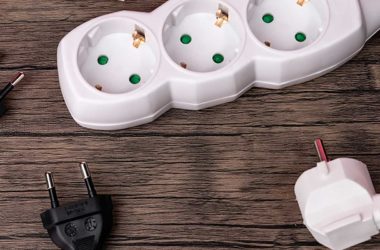Geothermal energy is not known from today. It was used centuries ago in the Palaeolithic Age and by Ancient Romans to heat, cook and bathe. Today it is a solution to reduce the amount of greenhouse gases.
Geothermal energy is a renewable resource that supplies an important amount of the electrical needs in countries in Europe and outside of it, including Iceland (covers more than 90% of Iceland’s heating needs), El Salvador, New Zealand, Kenya, and the Philippines. Still, it is falling behind other renewables. Similar to water energy, geothermal energy usage is small compared to other renewable energy sources like wind or solar. Will it become more widely used? Read on to find out.
What is geothermal energy?
Geothermal energy is a heat produced by the Earth. The etymology of this word comes from Greece, as in Greek geo means “earth” and thermal means “heat”. It is a resource that may be gathered for human use and is renewable.
Geothermal resources are hot water reservoirs that are naturally occurring or artificially created underneath the Earth’s surface, with different temperatures and depths. This is where the planet is the warmest. The friction and gravitational attraction that were created when Earth was formed more than 4 billion years ago provide a modest amount of the core’s heat.
There are various geothermal technologies with various levels of development. Direct-use technologies, such as district heating, geothermal heat pumps, and greenhouse heating, are well-established.
Advantages and disadvantages of geothermal energy
The main benefit of harnessing geothermal energy is for environmental purposes. It is a natural source from which even animals benefit. A good example are Macaques, better known as snow monkeys, found in the Japanese Island of Honshu. They are famous for bathing in local volcanic hot springs.

Geothermal energy is also more affordable than conventional energy. However, once the geothermal power plant is built, drilling and exploration of these sites is quite expensive as the geothermal systems are more expensive to install than other systems. But, over time they will provide the homeowner with free heating and cooling as well as significant savings in energy bills.
Also, it is always available, unlike other renewable energy sources like solar and wind that need sunlight or wind to be most efficient. Despite the fact that it is accessible, its production is limited to areas near tectonic plate boundaries.
The role of geothermal energy in the energy transition
Geothermal energy can be used to produce electricity, heat and cool buildings, and for other purposes by being pulled to the surface in the form of naturally occurring steam and hot water. Geothermal energy is a renewable, clean resource that can complement other renewable sources, such as solar and wind. However, it is much less popular.
To get this energy, wells can be bored into the earth. The wells are used as a source of steam or hot water by geothermal facilities to drive turbines that generate energy. Discover our 5 steps to convert geothermal energy to electricity.
“There is an urgent need to stop subsidising the fossil fuel industry, dramatically reduce wasted energy, and significantly shift our power supplies from oil, coal, and natural gas to wind, solar, geothermal, and other renewable energy sources.”
Bill McKibben, American environmentalist
How geothermal energy works?
To access geothermal resources, wells up to a mile deep or more are dug into underground reservoirs. These resources can be obtained through enhanced geothermal systems, which increase or develop geothermal resources through a procedure known as hydraulic stimulation, or from naturally occurring heat, rock and water permeability. These geothermal resources power turbines that are connected to electrical generators.
Geothermal power plants come in three different designs:
- Dry steam – this is the oldest type which uses steam generated directly from earth cracks to power a turbine.
- Flash plants – these extract hot high pressure subsurface water and combine it with low pressure, cooler water. In turn, this generates steam that powers a turbine.
- Binary plants – use hot water that has been passed through a liquid that is secondary and has a lower boiling point than water. A turbine is powered by the secondary fluid’s transformation into vapour. Future geothermal power plants are likely to be primarily binary plants.

5 steps to generate electricity from geothermal energy:
1. Find the source
The first step is to identify a suitable geothermal resource, which is typically located near active or dormant volcanoes, hot springs, or geysers. One of the most active geothermal regions on earth is the Ring of Fire which surrounds the Pacific Ocean.
2. Drill wells
Once a geothermal resource has been identified, a well is drilled into the ground to access the geothermal reservoir. The depth of the well depends on the temperature and pressure of the reservoir.
3. Steam turns the turbine
The geothermal fluid is pumped up from the well and passes through a heat exchanger. The heat exchanger works like a radiator in a car, transferring the heat from the geothermal fluid to a secondary fluid, which can be a working fluid like isobutane or supercritical carbon dioxide. The secondary fluid is vaporised by the heat from the geothermal fluid.
4. The turbine powers an electric generator
The vaporised secondary fluid flows through a turbine, which is connected to a generator. As the turbine spins, it generates electricity in the generator. The secondary fluid is then cooled back down and returned to the heat exchanger to be heated up again, completing the cycle.
5. The electricity is delivered
An external step-up transformer receives electrical current from the generator. The electrical current is transmitted to homes, buildings, and businesses via power lines after the transformer’s voltage is raised.
Geothermal energy in Europe and around the world
As per TWI Global, the world’s largest producer of geothermal energy with the largest geothermal development in the world is situated at The Geysers, north of San Francisco, California (despite the name, there are no geysers, the energy is all steam rather than water). Other, most popular users are in Indonesia, Philippines, Turkey, New Zealand, Mexico, Kenya, Italy, Iceland and Japan (the Global Economy, 2000-2020).
Geothermal energy is growing its popularity but still falls behind other renewables. However, a lot of countries have potential to develop it. Based on a European study, over 25% of the EU population lives in areas directly suitable for Geothermal District Heating (GeoDH). With GeoDH systems operating in 22 European nations, including Hungary, Poland, Slovakia, Slovenia, the Czech Republic, and Romania, where the existing heat networks are well developed, there is a significant potential in Central and Eastern Europe.
The future of geothermal energy
Geothermal energy is the fourth most important source of renewable energy, behind solar, wind and hydro powers, with a potential to increase from 16 billion kWh in 2021 to 47.7 billion kWh in 2050. Many people see it as an essential component of the world’s green energy future. Geothermal energy can be used to generate electricity in any kind of system, from vast, interconnected continental transmission networks to on-site use in remote, small-town communities or standalone structures. It means that certainly more countries will incorporate this whether it is in Europe or other continents.











